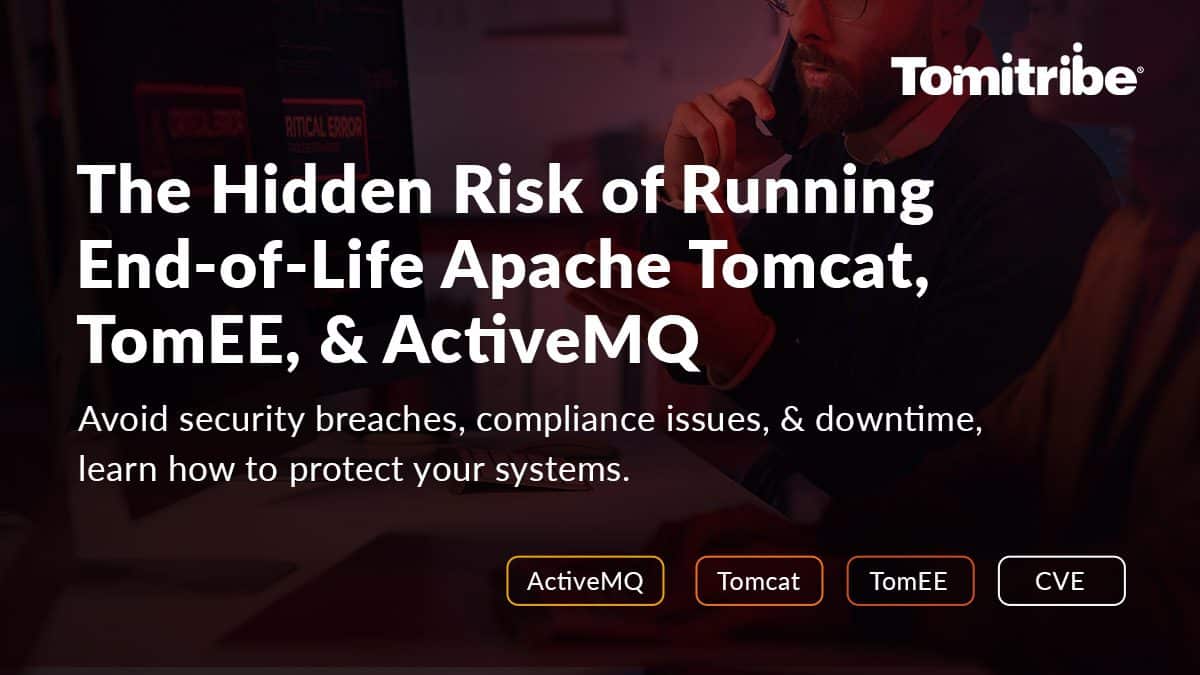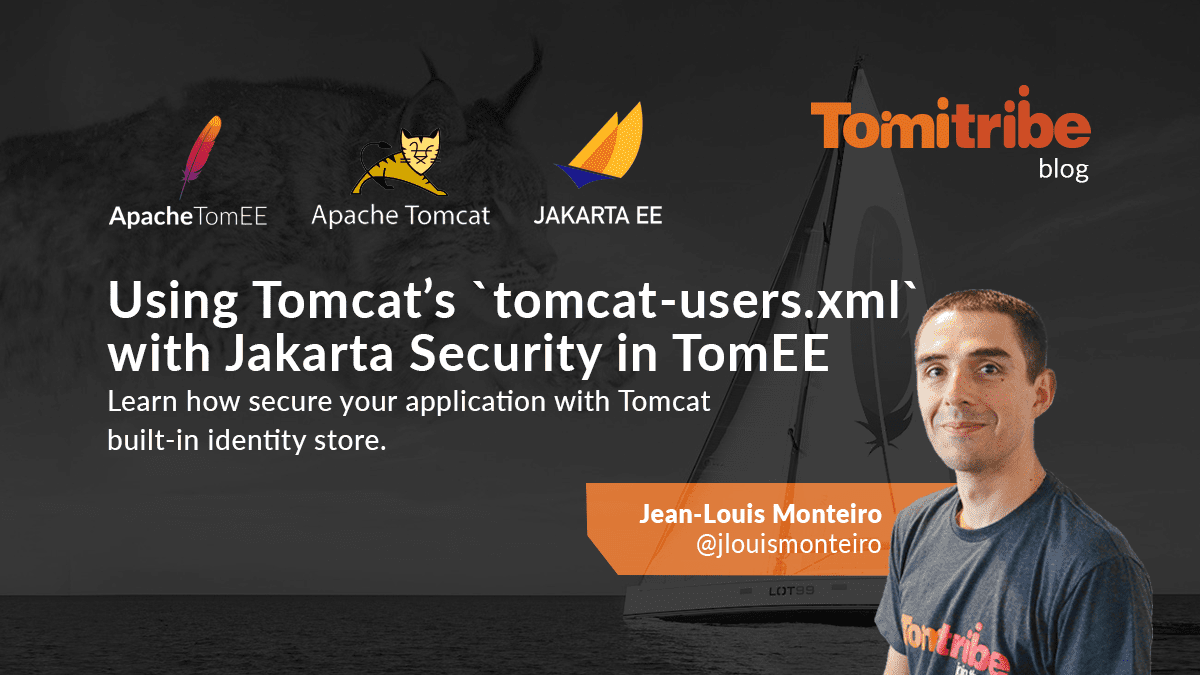





Tomitribe’s Jonathan Gallimore (@jongallimore) explains how easy it is to exploit a simple configuration vulnerability in Apache Tomcat and take over your entire server. He also explains how easy it is to prevent this from happening with a simple configuration change. This is an older exploit but one that may not be patched on your own installation. Watch the video to ensure you are protected! Tomitribe’s Enterprise Support service works with Sonatype to monitor all reported vulnerabilities to Tomcat, TomEE, and ActiveMQ to help protect our customers from malicious hackers. Learn more about how we help protect our customers here.